Cyprus, Europe's bridge to the Middle East and Africa- Travel #27
Ολόκληρο, Merhaba Steemit friends, let me take you on a unique journey to Cyprus, Europe's bridge to the Middle East and Africa. Cyprus is a culturally rich, diverse, deep seeded in history country well worth a visit. If you cannot decide on a place in Europe, the Middle East or Africa to visit then Cyprus perhaps, is the place for you. Cyprus officially named the Republic of Cyprus is an island country in the Eastern Mediterranean and is divided between a Greek side and a Turkish one. This island nation is the 3rd largest island in the Mediterranean. Although, I call Cyprus Europe's bridge to the Middle East and Africa it is actually located in Western Asia geographically speaking however, politically belongs to Europe. It is situated south of Turkey, west of Syria and Lebanon, northwest of Israel, north of Egypt, and southeast of Greece. It is in quite the geographical location if I don't say so myself. Being that Cyprus is an island, the debate continues today of whether in fact it is apart of Europe or Asia. Many people have long believed that the island was actually made up of two separate countries, this however, is untrue. Cyprus is only one country though it is very heavily divided between a Greek side and a Turkish side. They operate very differently, they do not get along, many wars have been waged against each other and to this day keep to their own languages, political parties, laws and religion. The country as a whole does belong to the European Union. The island is divided into North and South following the Turkish invasion in 1973 and peculiarly enough only the Greek South is recognised internationally as a country. I suppose the rest is no mans land.
One of the biggest if not the biggest draw for me to visit is its rich archaeological sites. I am a major history nerd and one day hope to lecture about such sights. Cyprus is home to some of the largest and most important archaeological sites in the world and is abundant in Trojan history.The earliest known human activity on the island dates back to around the 10th millennium BC. A very long time ago, imagine the history made here. Archaeological remains from this period include the Temple of Apollo, Kouklia Archaeological Site, Kourion Amphitheatre and mosaics, Kato Pafos, Ancient Idalion Archaeological Site and Kolossi Castle just to name a few. An island of such prominent position has meant a long drawn out history of wars and different rulers. Men of course have to fight over what they deem valuable even if it means destroying the one thing they so desperately want to attain. A mindset you would of thought by now would have changed but as it has always been and will always be, history repeats itself and humankind remains predictable.
Cyprus was originally settled by the Greeks in the 2nd millennium BC. Due to its strategic location, it was subsequently occupied by nearly every major power at some point in time. This occupancy included the empires of the Assyrians, Egyptians and Persians, from whom the island was seized from in 333 BC by Alexander the Great. Subsequent rule by Egypt, of course the Roman Empire, Arab caliphates for a short period, the French dynasty and also the Venetians. It was then followed by over 3 centuries of Ottoman rule between 1571 and 1878. It is no wonder this island country is so dense in history, stories and tales of the past, its lifeblood literally is in the stones and sand on which this country stands. Following Ottoman rule, Cyprus was attained by another huge power, the British. Cyprus was placed under British administration based on the Cyprus Convention in 1878. The people of Cyprus hoped this administration would finally mean peace for them. They were naïve and filled with hope, the British Empire does not exactly have a peaceful history yet more like one tainted in blood. The division and war was far from over for Cyprus. Even though the Turkish made up only 18% of the population, the British administration controversially divided the country, created a Turkish state in the north and appointed Turkish leaders, it may as well still have been under Ottoman rule. This made it extremely difficult for the many Greeks who called Cyprus home to even go about their daily lives. It was so bad that they created underground Greek Orthodox churches just to be able to practice their beliefs in peace and without condemnation. The Greeks appealed many times to pursue unions with Greece unsuccessfully. This of course caused a lot of tension and violence between the Turkish and the Greeks. Following the civil war violence in the 1950s, Cyprus was finally granted its independence in 1960. Independence must mean peace right? Unfortunately not for Cyprus. In 1963, just 3 years after being granted their independence, the 11 year war between the Greeks and Turkish began. This particular war displaced more than 25,000 Turks and saw the end of Turkish representation in the republic. On the 15th of July 1974, a coup d'état was staged by the Greeks at an attempt to incorporate Cyprus into Greece. This unfortunately aggravated a Turkish invasion only 5 days later, which led to the capture of the present day territory of Northern Cyprus. Following a ceasefire, and the displacement of over 150,000 Greeks and over 50,000 Turks, a separate Turkish state in the north was established in 1983. This political move was widely condemned by the international community, with only Turkey recognizing it as a new state. These events and the resulting political situation are matters of a continuing dispute to this day. Only 4% of Cyprus is covered under the United Nations, it has been apart of the commonwealth since 1961 and apart of the European Union since 2004. Today, I can say that I felt 100% safe travelling through Cyprus, there is still a definite divide amongst the people and as a lovely Greek man said to me at a coffee shop at the Kolossi Castle,
We are trying to forgive but we will never forget, they stay on their side, we stay on ours - Greek coffee shop man .
To find me look for my Chihuahua's face
Cyprus
Limassol
Now that you know all about Cyprus's colourful history, let me tell you how to get there. As with most places, you can fly into Cyprus via Larnaca International Airport. Larnaca is an international airport located 4 kilometers/ 2.5 miles southwest of the city of Larnaca in Cyprus. Larnaca International Airport is Cyprus' main international gateway and the largest of the country's two commercial airports, the other being Paphos International Airport on the island's southwestern coast. These airports offer services from all corners of the globe, some direct and others with a simple connection. Being that Cyprus is an island, cruising is a very attractive option. Cruising is always my favourite way of travelling. I know some people may worry about getting sea sick but the cruise ships these days are huge floating luxury resort hotels with enough stabilisers to weather even the toughest storms. I travelled with my family aboard the beautiful MSC Magnifica. It is so stress free to be able to unpack my bags once and go to sleep at night in one country and wake up in another. Caribbean cruises do seem to be the most popular but having done both Caribbean and European cruises more than once. I highly recommend cruising around Europe, all the popular destinations can be reached by ship and there is no worry about airports, dragging luggage through the streets and getting stressed out during a time meant for relaxation. When travelling to Cyprus, look for Limassol on the itinerary port of call. This was the destination I explored Cyprus from, it is a prime location to access all of the country's archeological sites. Once in Cyprus, many tour companies offer sight seeing bus trips that will pick you up and drop you off at your hotel or the dock. My family and I chose to take a private taxi tour. This was the most attractive option for us as it gave us the freedom to explore the sites we wanted to at our own pace. When you have 4 people, this is actually a very affordable option.
MSC Magnifica
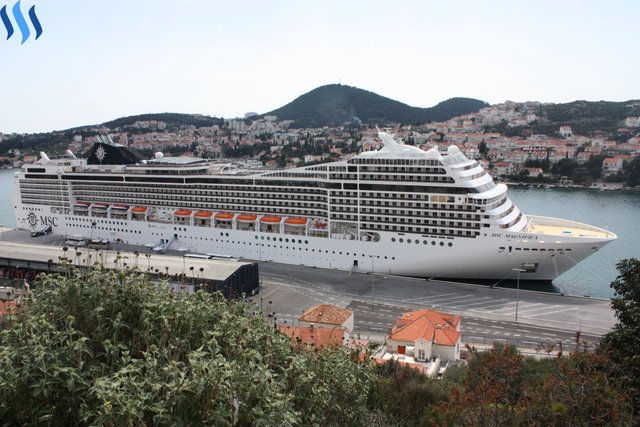
Being the animal lover that I am, I couldn't give up the opportunity to visit an animal rescue sanctuary. The Malcolm Cat Protection Sanctuary is a rescue sanctuary in Limassol. It is a not for profit organisation run by volunteers that take turns feeding the cats and tending to their needs. Visitors are welcomed at no cost however, any donations are appreciated and go towards the care of the cats and their veterinary needs. The Sanctuary was started to accommodate the hundreds of abandoned cats that fell victim to the long drawn out wars that have plagued Cyprus. Cats are seen as a blessing from the Gods and are highly sought after in Greek society therefore when unable to provide for their cats anymore, they get surrendered to the sanctuary where they will either be adopted out or live out their lives in health and comfort.
Malcolm Cat Protection Sanctuary
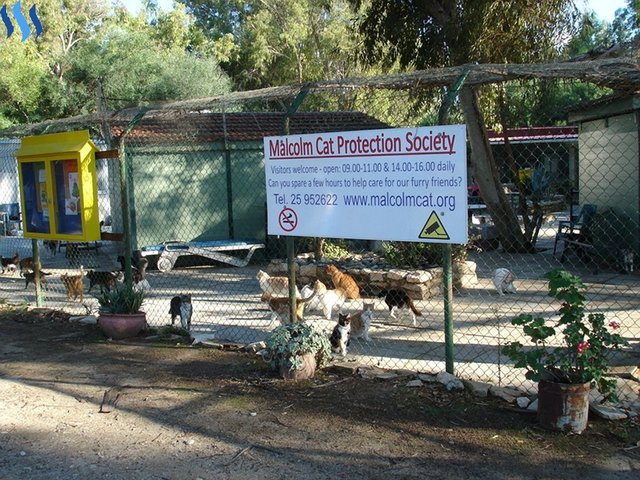
Rescued cats
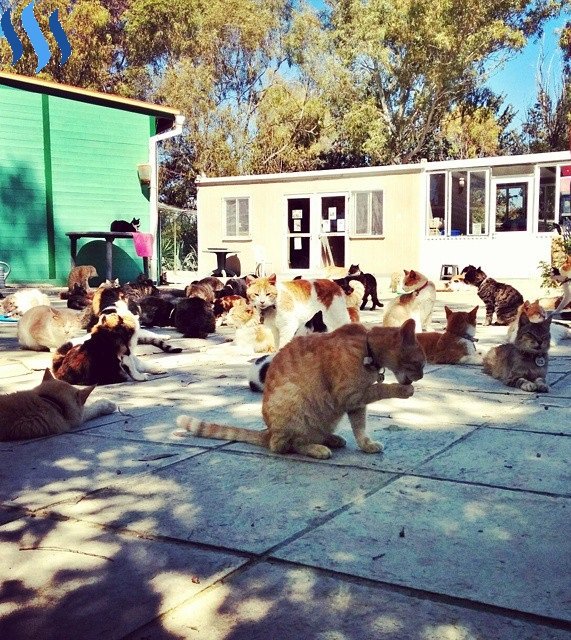
Standing on the edge of the Greek and Turkish sides of Cyprus
Unlike many other destinations in the region, Cyprus is not home to many castles. Well not that are still standing anyway. Kolossi Castle is a former Crusader stronghold on the south western edge of Kolossi village located 14 kilometres/9 miles west of the city of Limassol where my ship docked. The original structure was built in 1210 by the Frankish military. During the war of the Middle Ages King Hugh gave the land of Kolossi to the knights of the Order of Jerusalem to be used as a military hospital. It held great strategic importance not only for military positioning but to contain a large facility for the production of sugarcane from the surrounding sugarcane fields. Sugarcane was one of Cyprus's main exports in the Middle Ages and kept the country alive economically. Today Kolossi castle stands virtually untouched and in impeccable condition. It houses a museum, gift shop and café. It was at this coffee shop that I met the Greek gentleman who told me about the war within Cyprus. I love travelling for many reasons, one of the best is getting to meet the locals. I do believe that when you spend money on travelling it makes you so much richer than you were before you left. Knowledge of our history is vital to preserve our future.
Kolossi Castle
As I mentioned earlier, Cyprus is teeming with interesting well preserved archaeological sites. Growing up I actually wanted to be an Archaeologist, whilst other girls in my class wanted to be actresses, dancers, veterinarians, I was always fascinated by history. I remember telling my mother I wanted to be an Archaeologist and she told me that it was a dusty profession, how right she was. The archaeological site of Idalion, in the Dali Village area, is one of the most important sites in Cyprus. Many of its rich findings are now exhibited in some of the worlds most renown museums. The ancient city was founded by the Achaean hero of the Trojan war, Chalcanor, descendant of Teucer, the founder of Salamis. According to legend, this very site, Idalion is where Adonis, who is Aphrodite’s lover was killed by her other jealous lover Aris, the Olympian God of War. The kingdom flourished until the middle of the 5th century BC, when its capital was besieged and captured by the Phoenician kings of Kition. Today the site houses a museum and Visitor Centre, which showcase its artifacts, and is also a stop on Aphrodite's Cultural Route.
Ancient Idalion Archaeological Site
The next site I want to tell you about is a very different kind of archeological site that is world renowned for being one of the most impressive and best preserved. Kourion was an important and decorated city in antiquity. Villas adorned with intricate mosaics fit for Cyprus's noble families. The site here in Kourion is made up of the Baths, the House of Eustolios, House of Gladiators and House of Achilles. Those of you familiar with Greek Mythology would of heard of these names before. The legends get retold to this day. The Baths and the House of Eustolios date back to the early 5th century AD, and takes its name from an inscription naming Eustolios as the builder. A mosaic with a welcoming inscription graces the entrance, whilst there are mosaic decorations in three of the exhibits and a bath complex to the north. The house is believed to have been originally built as a residence and was probably opened to the public after the construction of the baths. The difference in patterns of Mosaics represent the house in which owns it and its standing in hierarchy. The House of Gladiators, a villa that peaks interest is probably the most notable villa. It dates back to the 2nd half of the 3rd century AD and takes its name from a series of mosaics near its main courtyard representing gladiatorial combats.The central part of the house was an atrium. Entrance was through a stairway on the northeast corner which opened onto another, smaller atrium that was connected by a corridor. The southern part of the building was destroyed, probably due to earthquakes in the 4th century AD. To the east of the corridor is a communal bath complex. The Greek hero Achilles, a household name because of the Hollywood blockbuster feature staring the hunky Brad Pitt. The 3rd and final villa at this site is the House of Achilles. It takes its name from the mosaic of the legendary Greek hero. This residence was most likely used to receive official guests, Noble visitors from Athens and Rome. Today the Mosaics can be enjoyed by walking through wooden viewing platforms. The intricacy and detail in the mosaics is breath-taking, they certainly had taste.
Kourion Mosaics
Mosaics
The next site we had to visit was the archaeological site of Kouklias. There are two legends of how Kouklias was discovered. One story tells that Agapenor, the King of Tegea, founded the city on his way back from the Trojan War. A second legend tells that Kinyras, the local legend was the founder as he was the first High Priest of The Sanctuary of Aphrodite. Her names comes up again. Her statue remains the most significant monument at the site. Its ancient remains date back to the 12th century BC, whilst it remained a place of worship until the 4th century AD. The other significant monuments of Kouklias are The House of Leda, the Palace of Hadji Abdulla, the Church of Panagia Katholiki and the Lusignan Manor. There is a museum housed in the Lusignan Manor which exhibits many fascinating artifacts from the area. The museum also puts together the timeline to portray how the Cult of the Goddess of Fertility developed into the Cult of Aphrodite. This site is another stop on Aphrodite's Cultural Route.
Kouklia Archaeological Site
The next site may be my favourite for its beauty and location. The Kourion Amphitheatre. The ampitheatre was constructed at the end of the 2nd century BC, but took its current dimensions during the 2nd century AD. Consisting of a semicircular orchestra that is surrounded by seats, overlooking the sea. On either side of the stage were two vaulted parodoi (corridors) from where the audience entered the theatre. The theatre could seat up to 3,500 spectators.
In the beginning of the 3rd century AD modifications were made, and the theatre was transformed into an arena that was used for gladiator fights. Excavations began in 1933, conducted by the University of Pennsylvania and the amphitheatre today is used for live concerts, cultural shows and theatrical ancient re-enactments. It is an absolutely breath-taking venue. To be able to sit here today where spectators sat all those hundreds of years ago is a humbling experience. How amazing would it be to leave behind a legacy, never forgotten, just forged into the storybooks of history.
Kourion Amphitheatre
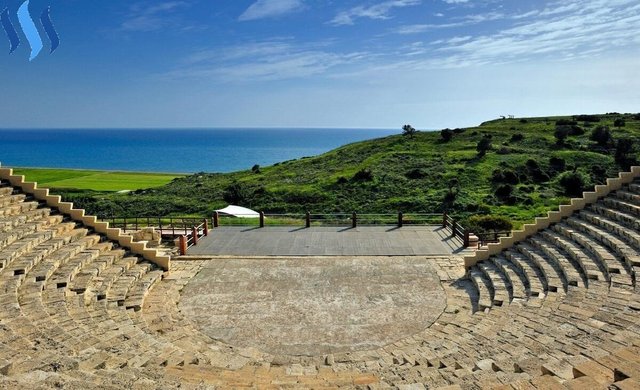
I am ready for the show
Nicocles, the last King of Palaipafos moved to Kato Pafos at the end of the 4th century BC and claimed it to be Cyprus's new Capital. The Archaeological Park of Kato Pafos is home to monuments dating as far back as prehistoric times. Although, few in number they are some of the world's oldest artifacts. Most of Kato Pafos houses artifacts from the Middle Ages and the reign of the Roman Empire. The Romans seamed to have a lot of belongings and possessions that they took with them when expanding the Roman Empire. The intricate mosaic floors of the four Roman villas (the houses of Dionysos, Theseus, Aion and Orpheus) form the impressive epicentre of the park. The Park is set out in such a way to tell the story of the time and depict various scenes from Greek Mythology. The complex also includes other important monuments, such as the Asklepieion, the Odeon, the Agora, the Forty Columns Castle, the Limeniotissa ruins of an Early Christian Basilica, and the Tombs of the Kings.
Archaeological Park of Kato Pafos
Last but certainly not least is the Temple of Apollo. Europe is flooding with Temples dedicated to Apollo. Originally, this temple in Cyprus, which was the only one in the world to be called the Temple of Hylates, a Cyprus founded God. Also known as Apollon Hylates, God of the Woodland, was the protector of Kourion and it is believed that he was worshipped at this site from the 8th century BC to the 4th century AD. His temple was an important religious centre that restored hope in the population. The majority of the monuments that can be seen today belong to the site’s 1st century AD restorations, and consist of Apollo’s temple, the pilgrim halls, the ‘palaistra’ (where athletes exercised and played games), a bath complex, and a holy precinct. It almost served as a mini Olympia. A must visit on your trip to Cyprus for its significance to Cyprus and its people.
Temple of Apollo
After exploring some of the most impressive archaeological sites in the world, we had worked up quite the appetite. One of the biggest plus sides to having such a geographical location is the cultural influences on cuisine. The local markets and cafes offer an abundance of traditional sweets from Europe, Africa and the Middle East. We got to sample some Turkish Delight, Greek Baklava, Middle Eastern sweets and African Koeksister. Why have one when you can have them all? I mean we definitely earned it, archaeological excavations make for hungry work. We enjoyed the treats before heading off onto our next adventure. Cyprus has captured my heart in many ways, the hospitality of the people despite losing everything, the beautiful landscape and history and of course the heart of an island nation that never gives up hope. Thank you Cyprus for proving that hope overcomes fear.
Turkish Delight
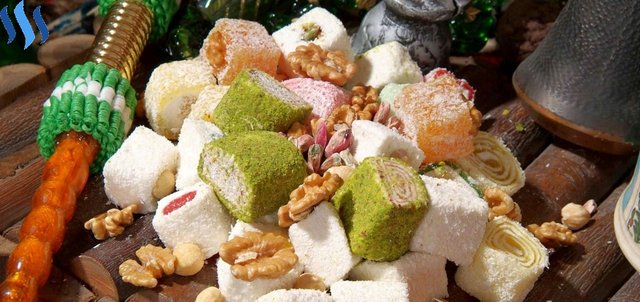
Greek Baklava
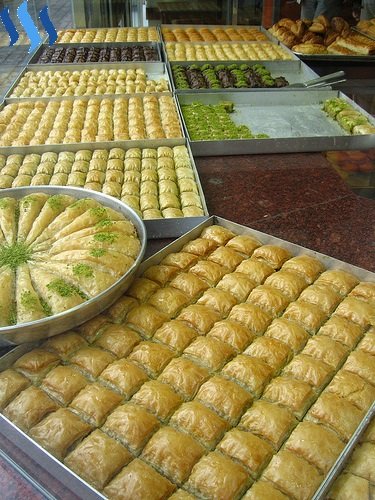
Middle Eastern Sweets

African Koeksister
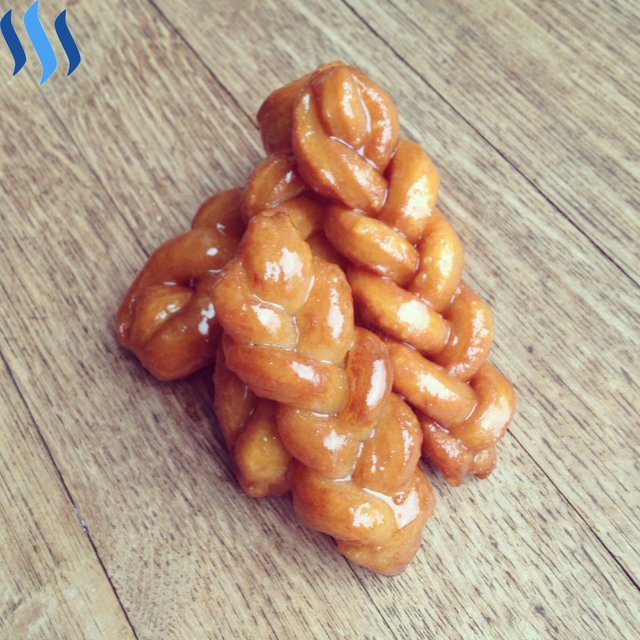
I hope you have enjoyed my blog on Cyprus, Europe's bridge to the Middle East and Africa, thank you for reading and I look forward to sharing more adventures with you, until next time, Αντίο, Hoşça kal, Vegoutt Everybody!
Onward to our next adventure







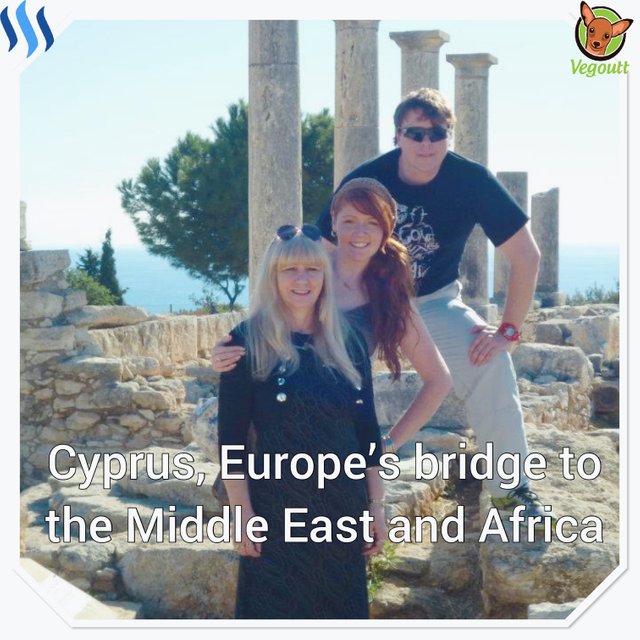
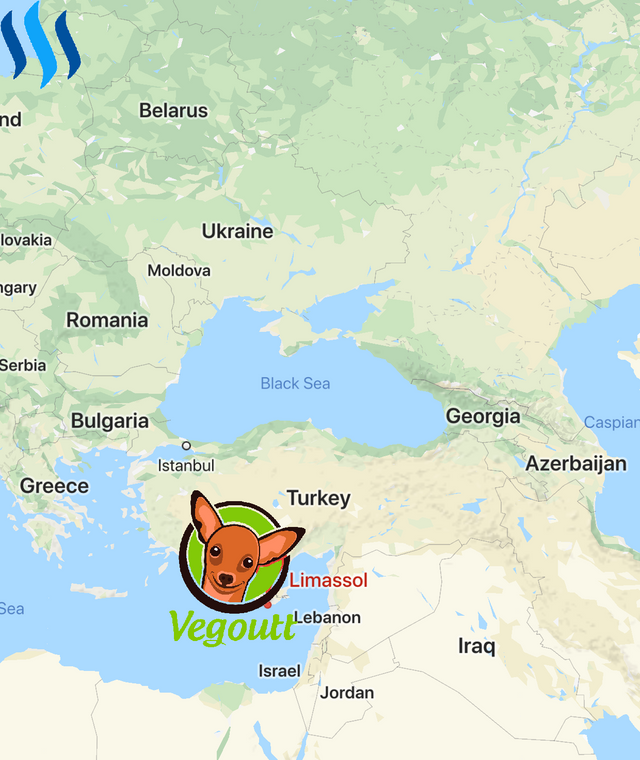
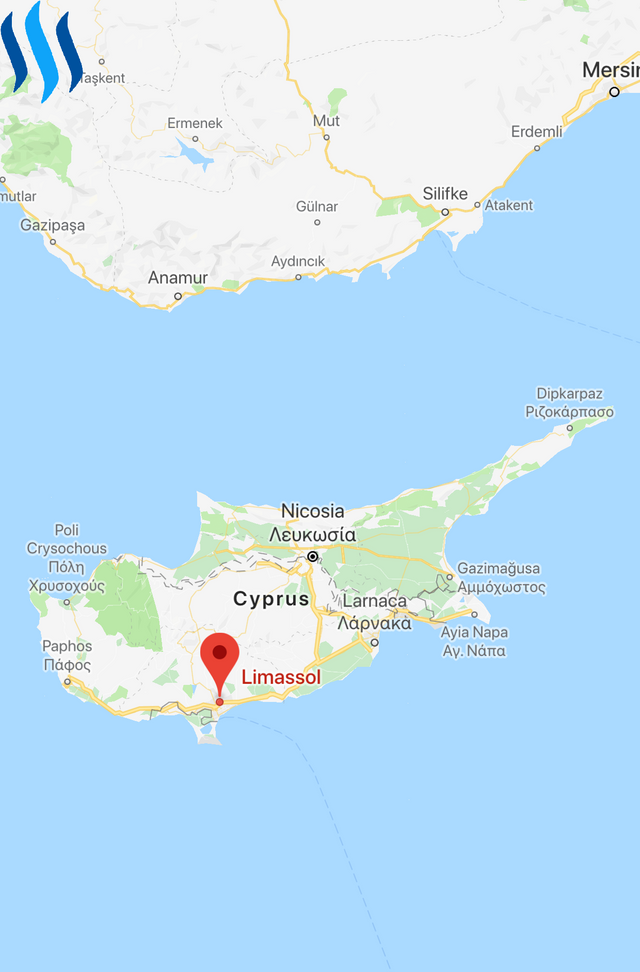
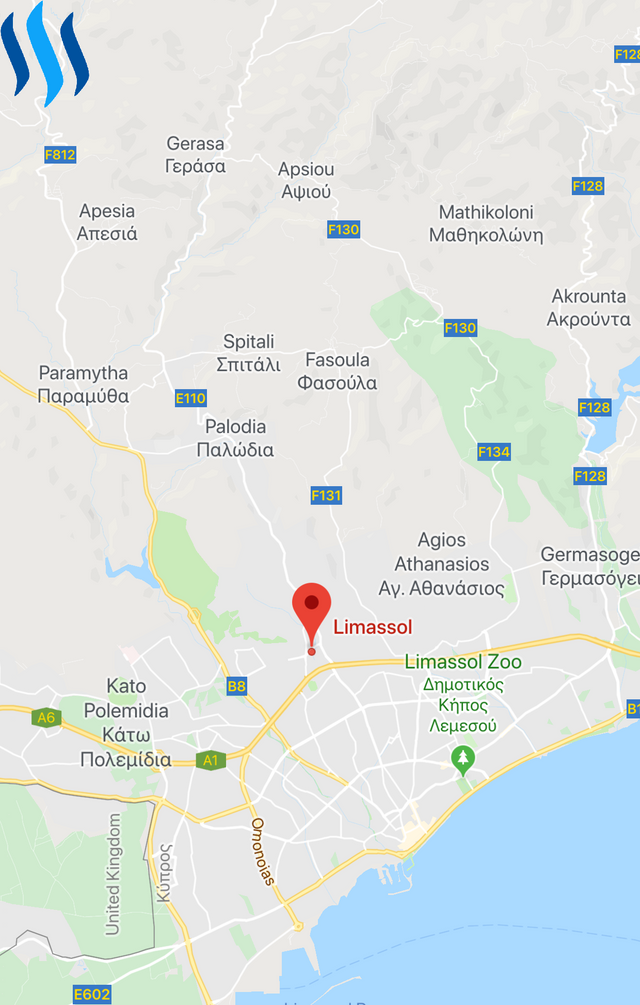
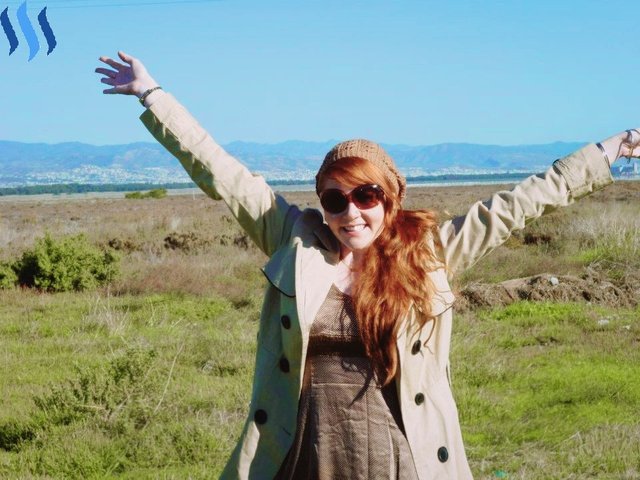
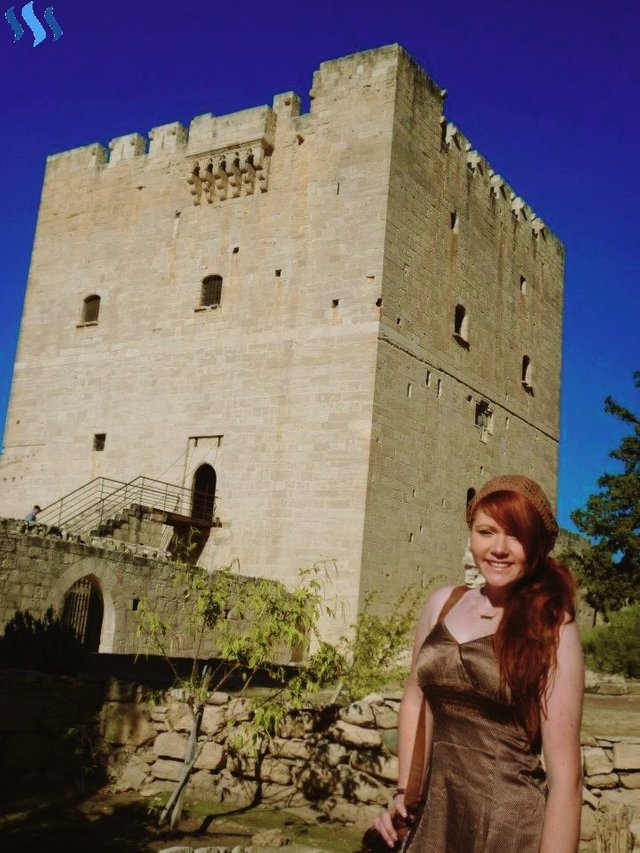
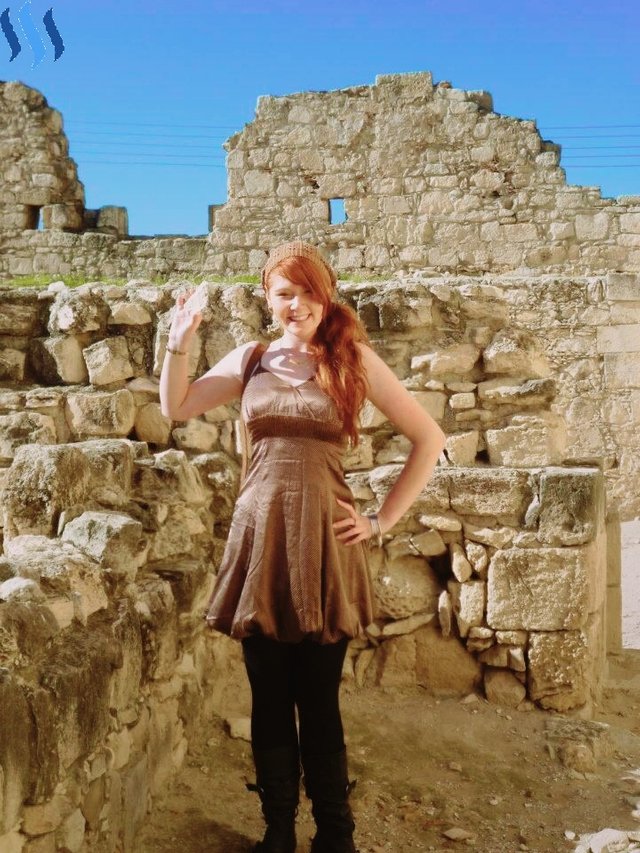
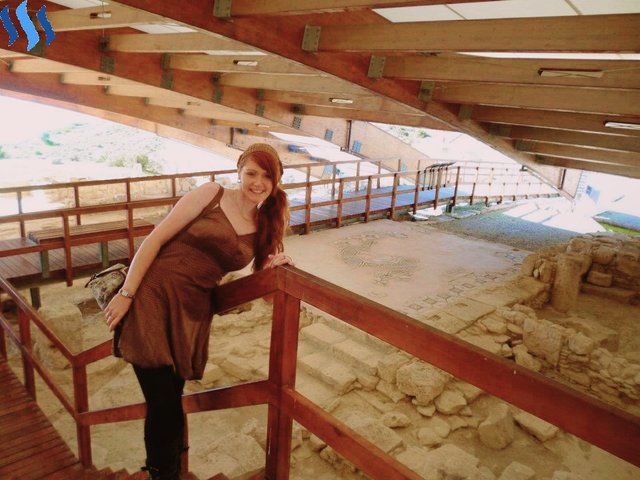
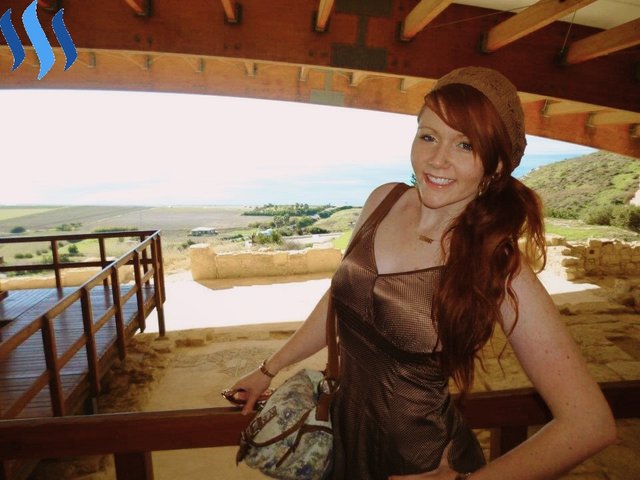
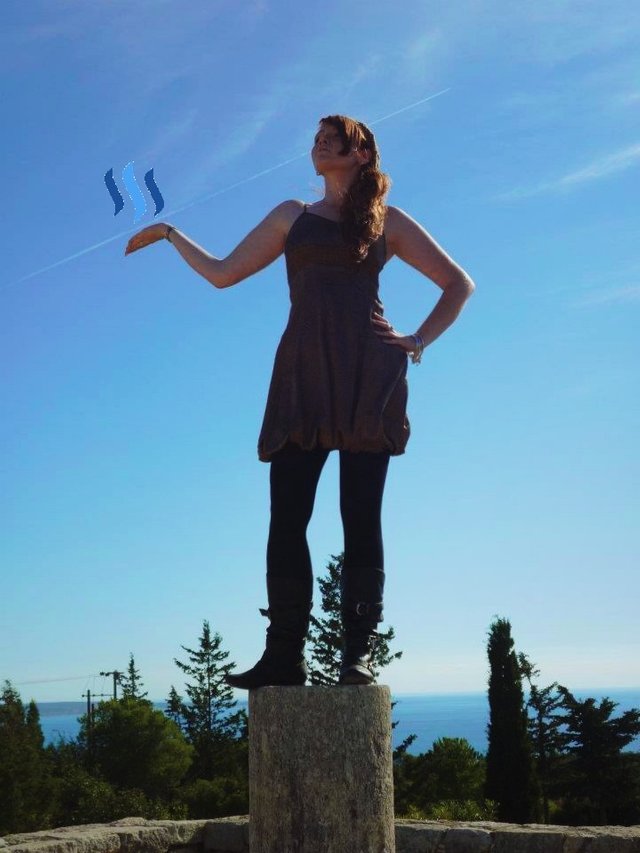
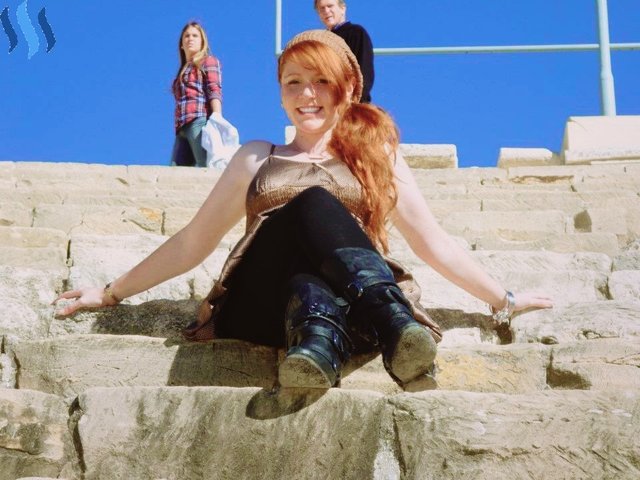
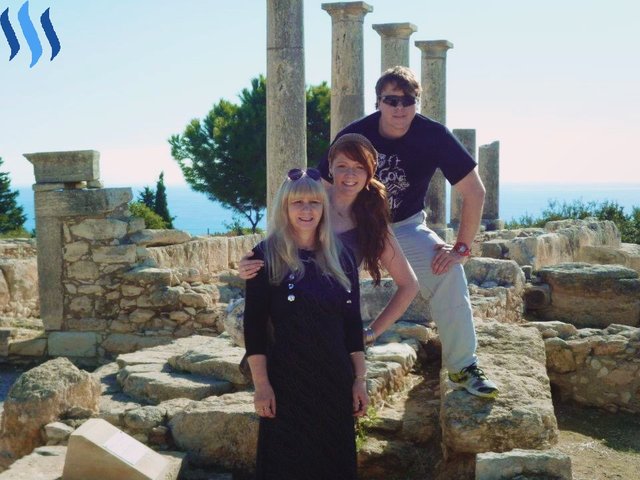
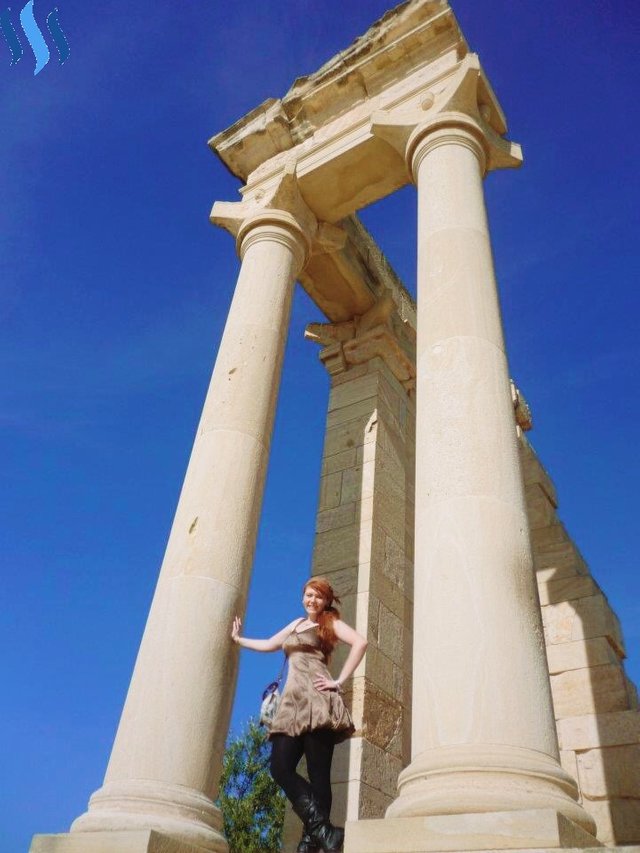
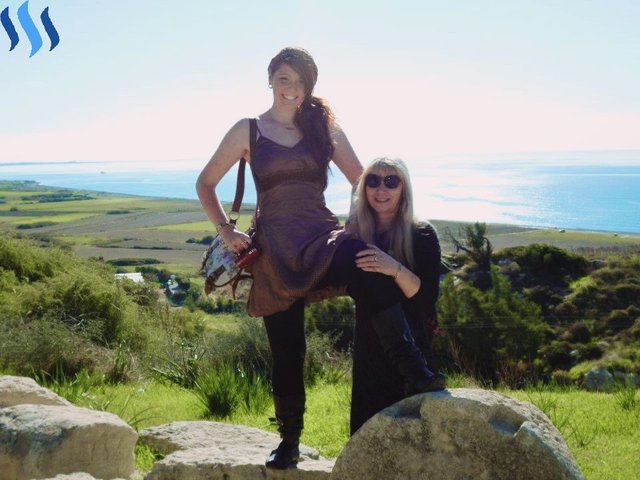
I read your aticle about Cyprus, of course if person travels a lot is right away to say you did great job showing all te beauties of this part of the wold. But still you find time to show us around, I travel a lot thanks to y business work, but want to say you a big thank, keepinig into consideration how much you might have been loaded!
Keep up the great work and showing us around.
i follow you. I liked this post.
Thank you
Congratulations @vegoutt-travel! You have completed the following achievement on the Steem blockchain and have been rewarded with new badge(s) :
Click on the badge to view your Board of Honor.
If you no longer want to receive notifications, reply to this comment with the word
STOPThank you
I liked your whole post, but in particular, the sweets, Greek, Middle Eastern, Turkish and African.
Thank you @marcusantoniu26 the sweets were delicious
did you know Cyprus played a role in one of the first bitcoin spikes and that is when it started getting media attention
I see you struggled to take the best photos friend.
It’s impossible to take bad photos of such a beautiful place